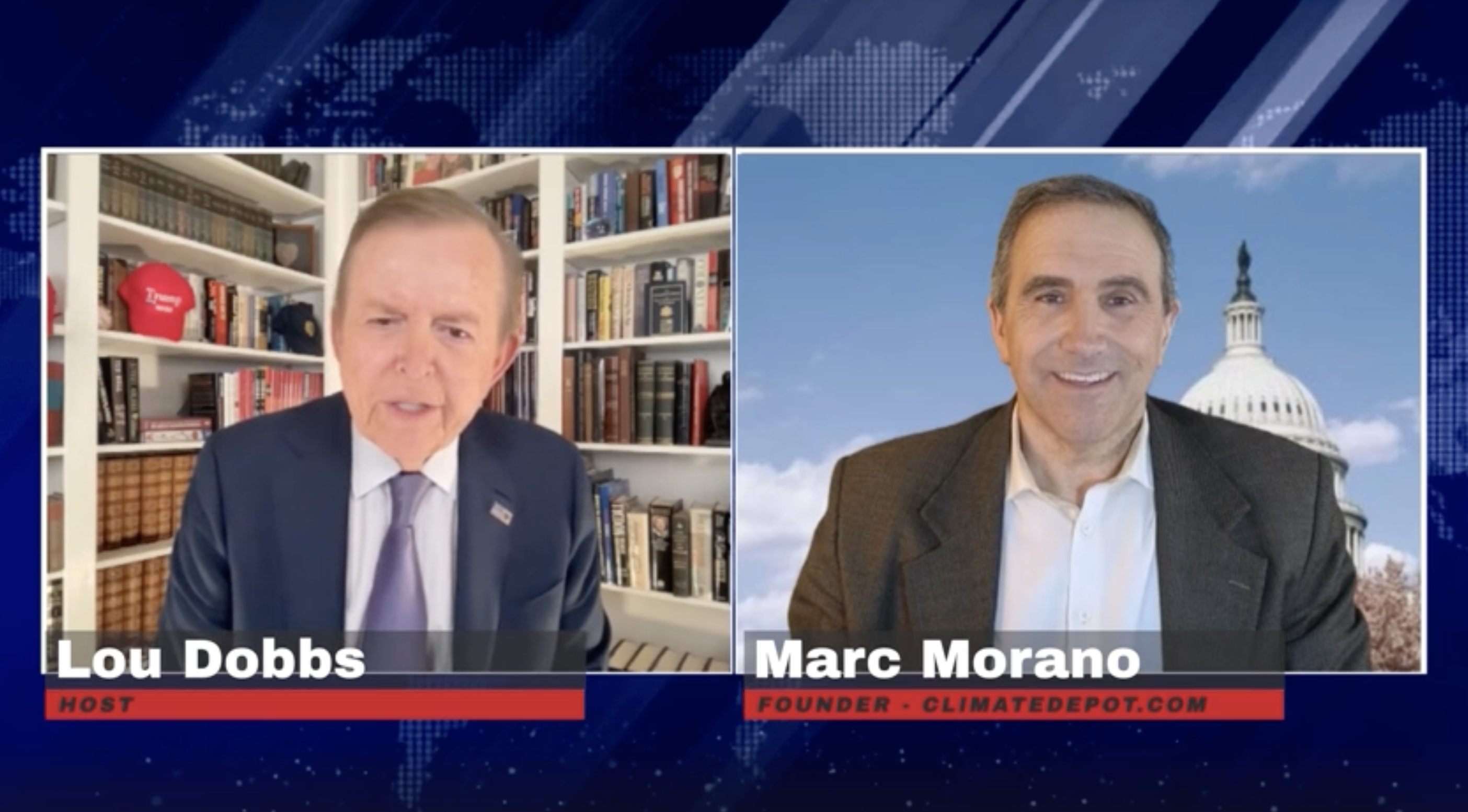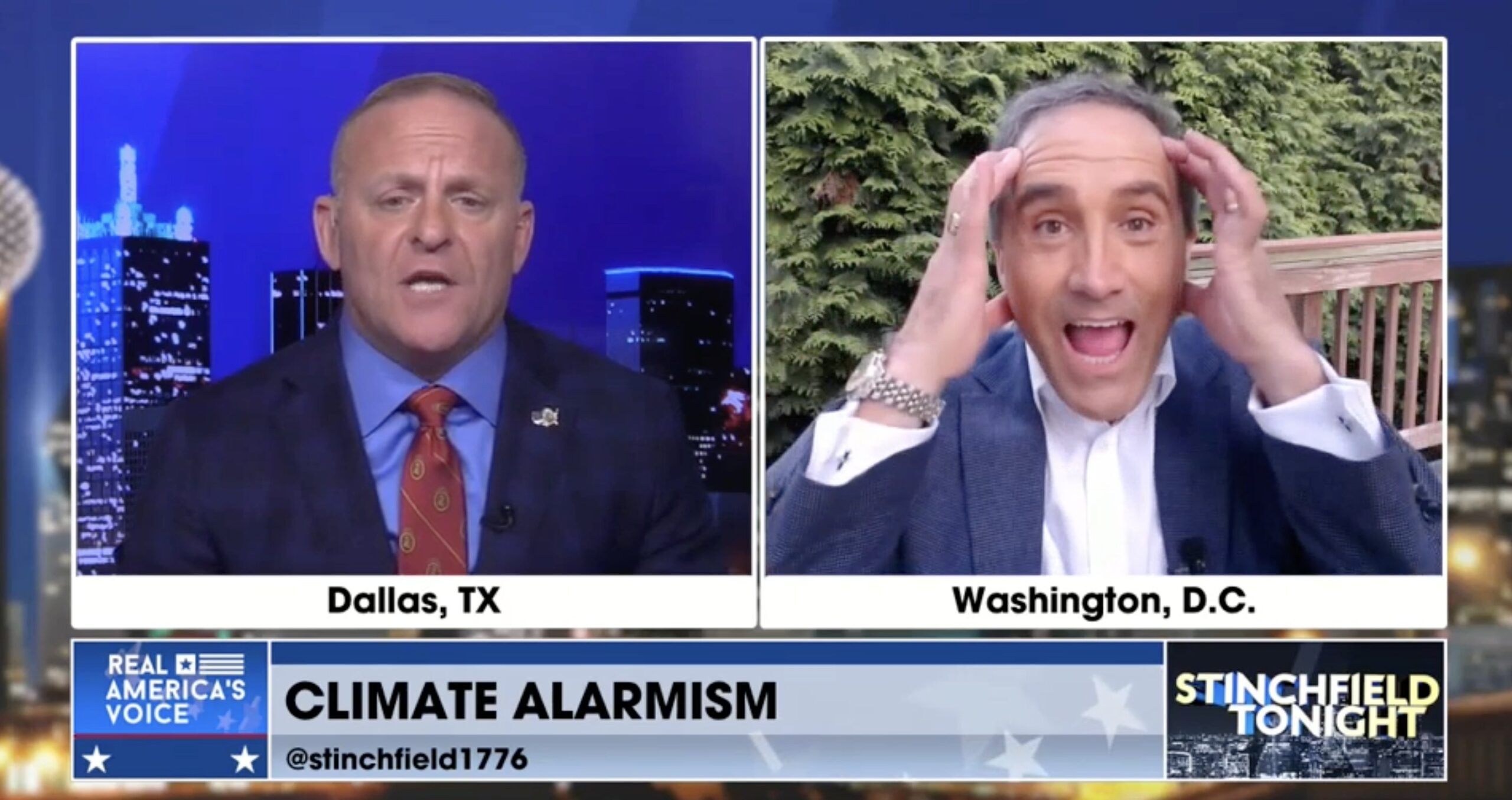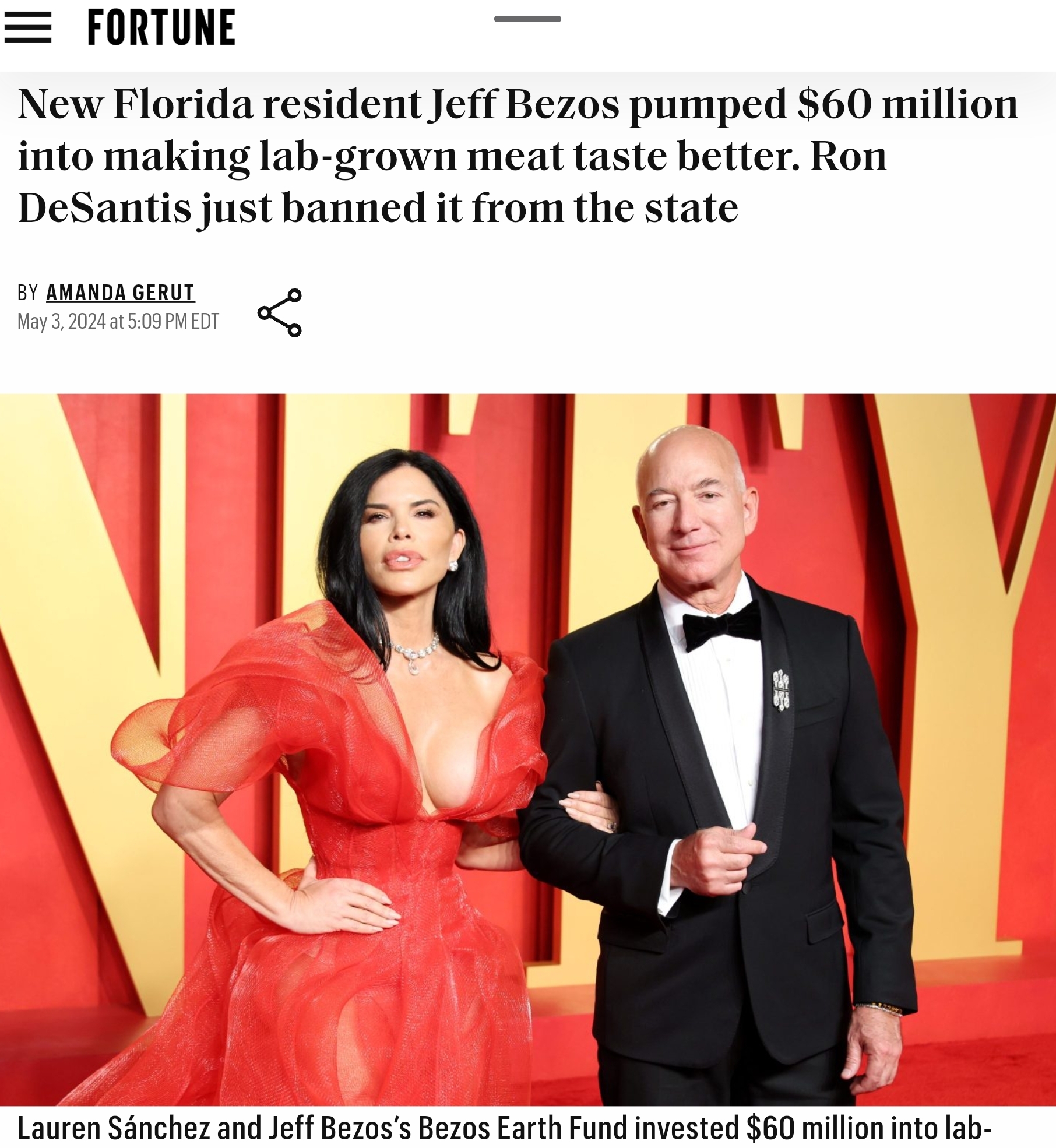By Holman W. Jenkins, Jr.
Excerpts:
Experts now agree the virus’s spread can be slowed but not contained. It will take its place among mostly seasonal respiratory infections. After a time, recurrent outbreaks will be moderated by a large number of potential carriers who have immunity from their last infection.
And then we can ask some questions. The cost to Americans of the economic shutdown is vast. What are they getting for their money? Essentially less excess demand for respiratory ventilators and other emergency care than can currently be supplied. …
Some number of respiratory deaths will be avoided (really delayed since we all die) but we’ll be spending a lot more than we’ve ever been willing to spend before to avoid flu deaths. Eighty-three percent of our economy will be suppressed to relieve pressure on the 17% represented by health care. This will have to last months, not weeks, to modulate the rate at which a critical mass of 330 million get infected and acquire natural immunity. Will people put up with it once they realize they are still expected to get the virus? Wouldn’t it make more sense to pour resources into isolating the vulnerable rather than isolating everyone? Basically aren’t we really just praying that summer will naturally suppress transmission and get us off the hook of an untenable policy? …
There’s a vast gap between people washing their hands, avoiding crowds, shielding the old and using good judgment, and sweeping lockdowns and curfews. Anything government spends now will be a good investment if it prepares the economy quickly to resume its growth and healthy functioning.





